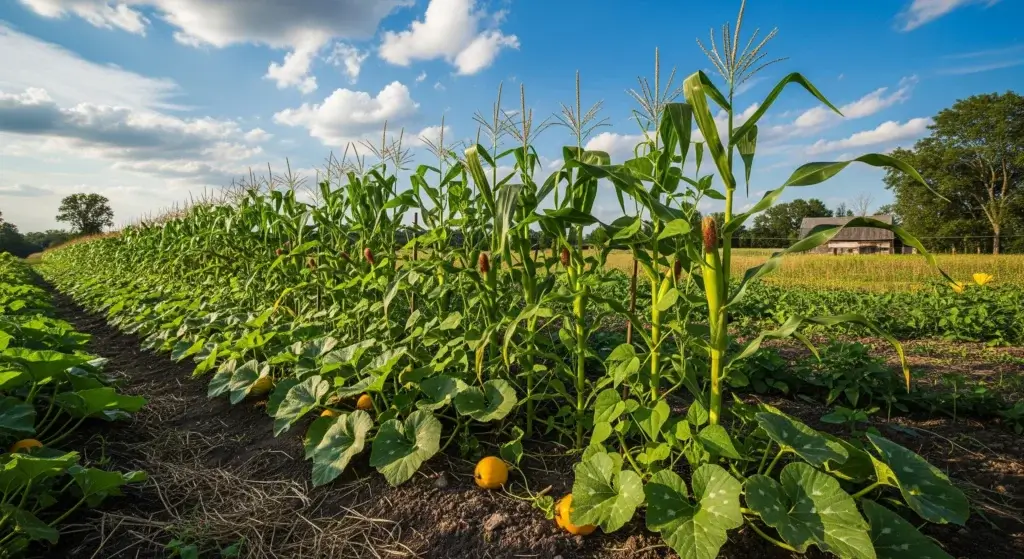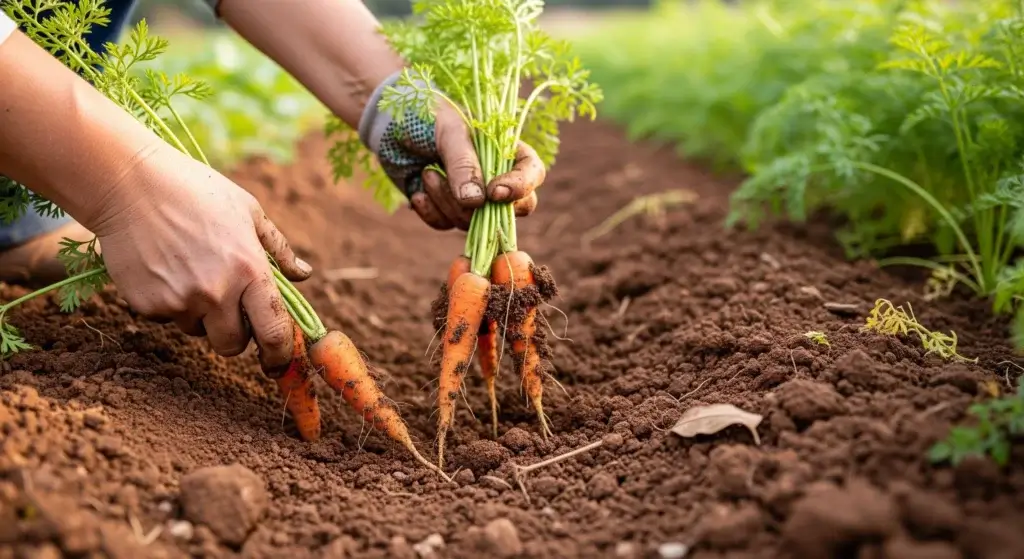
Eggplants are not just a delicious addition to your garden, they’re also incredibly versatile in the kitchen.
This vegetable can elevate your meals in countless ways.
If you’re considering growing your own eggplants, starting with seedlings is a great way to ensure a healthy, productive crop.
Let’s explore the process of planting eggplant seedlings, the benefits of growing them, and share tips on how to give them the best possible start in your garden.
Benefits of Planting Eggplant Seedlings
Before we jump into the planting process, let’s talk about why starting with seedlings instead of seeds can be beneficial.
- Faster harvest: By planting seedlings, you’re giving your eggplant a head start. Seedlings are already several weeks ahead of seeds, so they’ll reach maturity much faster, allowing you to harvest sooner.
- Stronger plants: Starting with seedlings gives you a healthy, established plant right from the beginning. Seedlings are typically grown in controlled environments, so they are less vulnerable to pests and diseases that might affect them if started from seeds outdoors.
- Higher success rate: If you’re new to gardening, you’ll find seedlings easier to grow. They’ve already passed the delicate germination stage, which can be tricky if you’re sowing seeds directly in the garden. This increases the likelihood of a successful harvest.
- Time-saving: If you live in a region with a short growing season, planting seedlings allows you to make the most of your time. You won’t have to wait weeks for seeds to germinate and grow strong enough to transplant.
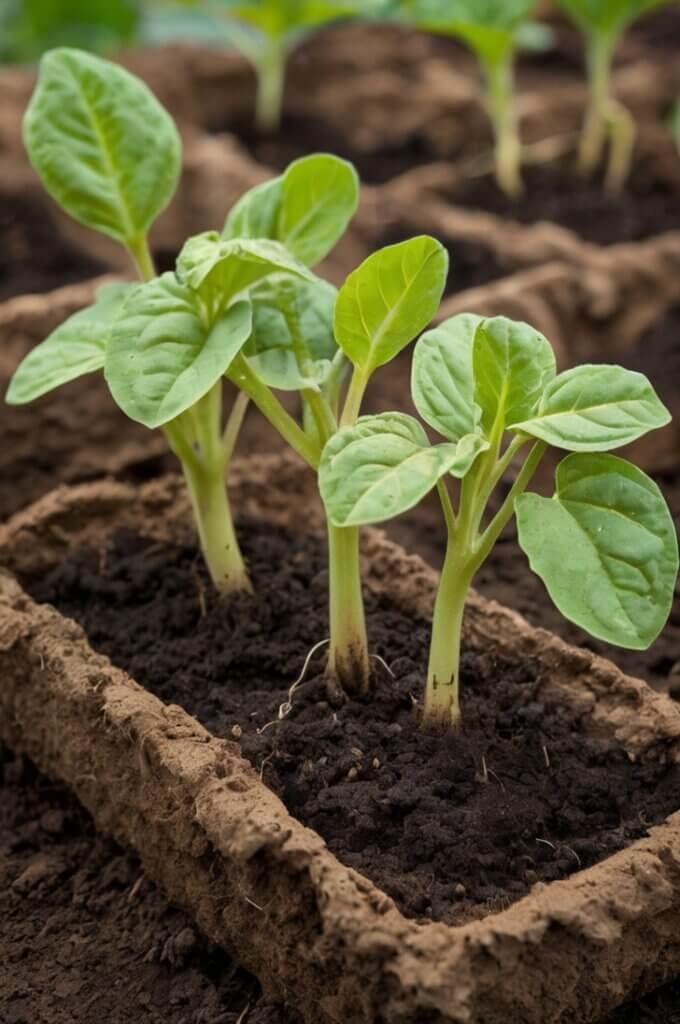
Step-by-Step: How to Plant Eggplant Seedlings
Planting eggplant seedlings is a straightforward process, but there are a few key steps to ensure your plants thrive.
Here’s how to do it:
Prepare the soil
Eggplants love rich, well-draining soil.
Before you plant your seedlings, it’s important to prepare the garden bed properly.
Choose the right location, eggplants need plenty of sunlight to grow strong and healthy.
Pick a spot in your garden that gets at least 6-8 hours of direct sunlight daily.
The more sun, the better.
Eggplants prefer slightly acidic to neutral soil with a pH range of 6.0 to 6.8.
You can test your soil using a simple home testing kit or send it to a local extension office for a professional test.
If your soil is too acidic, you can add lime to raise the pH.
If it’s too alkaline, sulfur or organic matter like compost can lower it.
Mix compost or well-rotted manure into your soil before planting.
This will improve soil fertility and structure, giving your eggplant seedlings a nutrient-rich environment to grow in.
Loosen the soil to a depth of 12-18 inches to ensure the roots have plenty of room to spread.
Harden off your seedlings
Before planting eggplant seedlings outdoors, you need to harden them off.
This step helps your plants adjust to the outdoor environment, reducing the risk of transplant shock.
A week before transplanting, start placing your seedlings outside for a few hours a day in a sheltered area.
Gradually increase the amount of time they spend outdoors, exposing them to more direct sunlight and cooler nighttime temperatures.
By the end of the week, they should be ready to handle full days outdoors.
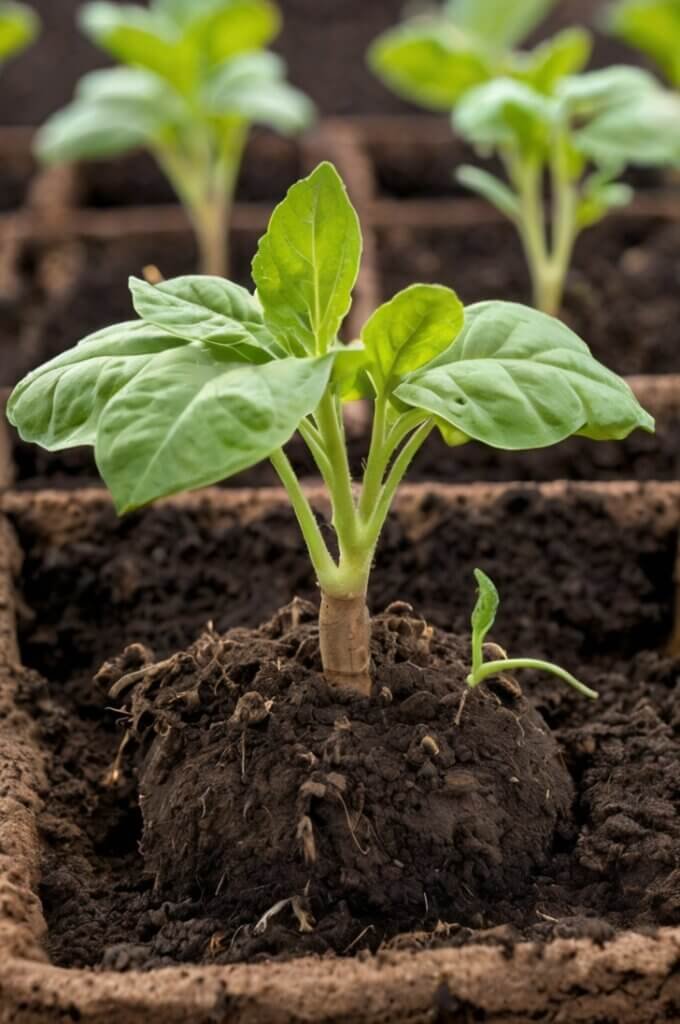
Plant your seedlings
Once your seedlings are hardened off and the soil is prepped, it’s time to plant them.
Eggplants are warm-season crops that don’t tolerate cold. Plant your seedlings when the nighttime temperatures consistently stay above 50°F (10°C), and all danger of frost has passed.
Typically, this means planting in late spring or early summer, depending on your climate.
Eggplants need space to grow, both above and below the soil.
Space your seedlings about 18-24 inches apart to give them room to spread.
If you’re planting in rows, keep about 24-36 inches between each row. Dig a hole slightly deeper than the root ball of the seedling.
Place the seedling in the hole, cover it with soil, and press gently around the base to remove any air pockets.
Water the plant immediately after planting to help it settle in.
Care after planting
After planting eggplant seedlings, proper care is essential to ensure healthy growth and a bountiful harvest. Here are key steps to follow:
- Stake your plants: Eggplants can grow tall and heavy with fruit, so providing support early can prevent them from toppling over later. Insert a stake or tomato cage next to each seedling right after planting. As the plant grows, gently tie it to the support with garden twine to keep it upright.
- Mulch the soil: Apply a 2-3 inch layer of mulch around your eggplant seedlings. Mulch helps retain soil moisture, keeps the roots cool, and suppresses weeds. Organic mulches like straw, compost, or shredded leaves are ideal. Avoid piling mulch too close to the stem to prevent rot.
- Water regularly: Eggplants are thirsty plants, especially as they grow and start to produce fruit. Keep the soil consistently moist, especially during hot and dry weather. Eggplants prefer deep, thorough watering rather than light, frequent watering. Water at the base of the plant to avoid wetting the leaves, which can lead to fungal diseases.
- Fertilize: Eggplants are heavy feeders, so they benefit from regular fertilization. A balanced fertilizer, such as a 10-10-10 mix, applied every 4-6 weeks, will help keep your plants vigorous and productive. Alternatively, you can use organic options like compost tea or fish emulsion.
- Monitor for pests: Eggplants can be susceptible to pests like aphids, flea beetles, and spider mites. Regularly check the undersides of leaves and the stems for any signs of infestation. If you notice pests, treat the plants with insecticidal soap or neem oil.
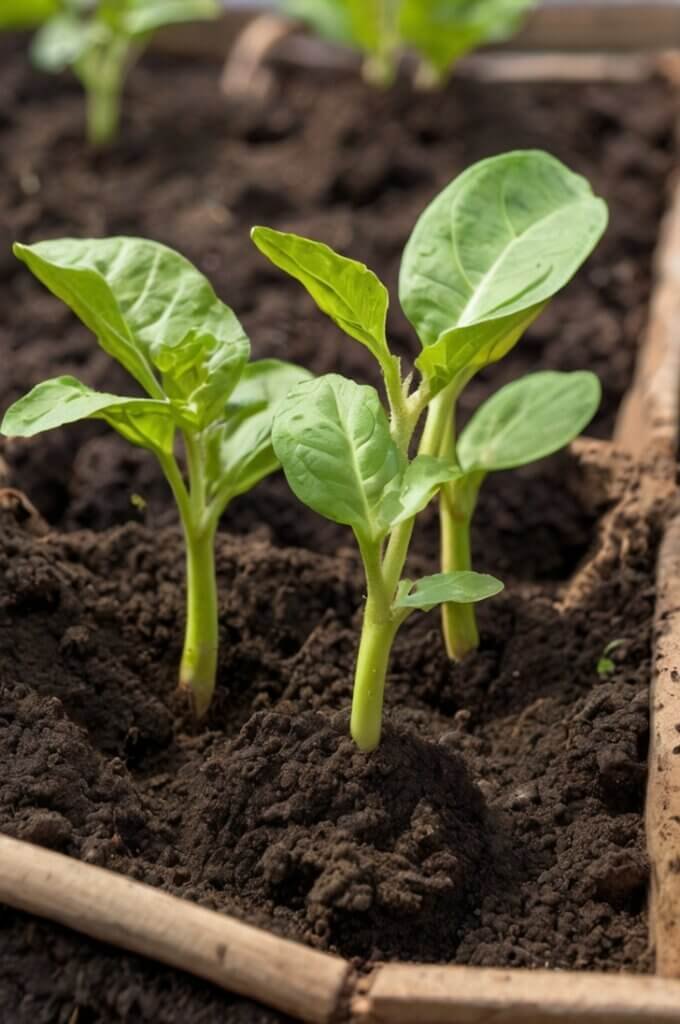
Conclusion
Planting eggplant seedlings is a rewarding process that sets the stage for a delicious harvest.
By choosing healthy seedlings, preparing the soil, and providing the right care, you’ll give your eggplants the best possible start.
Remember to harden off your plants, provide ample water, and support them as they grow.
With these tips in mind, you’ll be well on your way to growing a thriving crop of eggplants in your garden.
Happy planting!
FAQs
Eggplants are typically ready for harvest approximately 70 to 90 days after transplanting, depending on the variety and growing conditions. When they reach their full size and have a shiny, firm skin. The color may vary depending on the variety.
Yes, you can save eggplant seeds. Allow the fruits to ripen fully on the plant before harvesting and extracting the seeds. Store the seeds in a cool, dry place.

